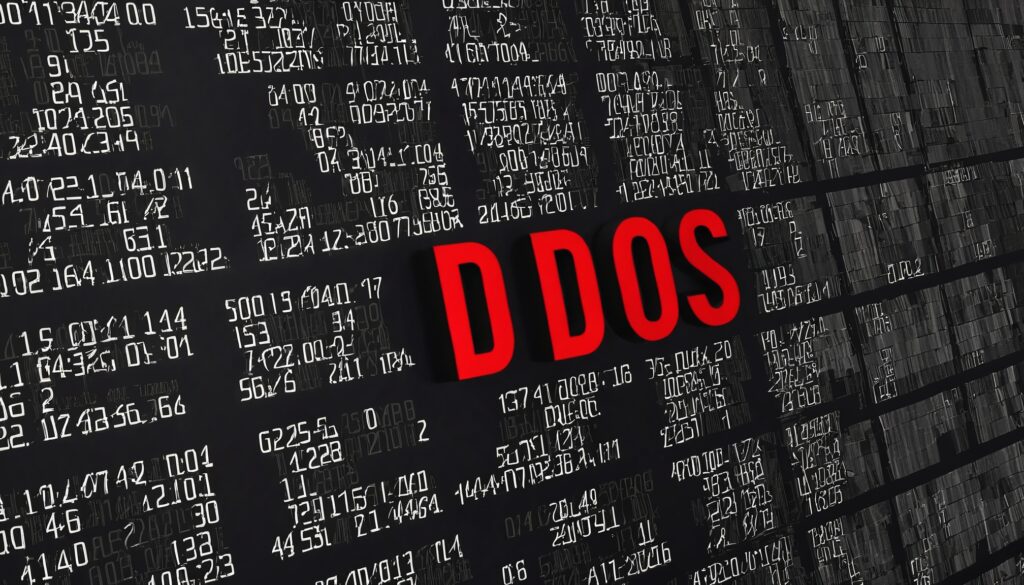What is a DDoS Attack?
A Distributed Denial of Service (DDoS) attack is a malicious attempt to disrupt the normal traffic of a server, service, or network by overwhelming it with a flood of internet traffic. DDoS attacks are carried out using multiple compromised devices, often from a botnet—a network of infected computers—designed to send a massive amount of traffic to a targeted system. The objective is to make online services unavailable to users, leading to downtime, loss of revenue, and damaged reputation. DDoS attacks are particularly challenging to prevent as they can originate from many sources simultaneously.
Why Preventing a DDoS Attack Matters
- Ensures Service Availability: A attack can make websites and online services inaccessible, which impacts users and disrupts business operations. For organizations that rely on online presence, preventing DDoS attacks ensures that their services remain available and accessible to legitimate users.
- Protects Brand Reputation: If users cannot access a website due to a DDoS attack, it can lead to customer dissatisfaction and damage the organization’s reputation. Customers expect reliable access to services, and an attack that prevents this can lead to long-term consequences.
- Avoids Financial Losses: Downtime caused by a attack can result in direct financial losses due to halted business transactions. Additionally, there may be indirect costs related to recovery and implementing stronger security measures post-attack.
- Compliance with Regulations: Certain industries are required by law to ensure continuous service availability. Failure to do so could result in regulatory fines and penalties, making prevention critical for compliance purposes.
Key Strategies for Preventing a DDoS Attack
- Use a Web Application Firewall (WAF): A WAF can filter and monitor HTTP traffic, blocking malicious requests before they reach your server. It acts as a barrier, filtering traffic that may be part of a DDoS attack, and ensuring only legitimate requests get through.
- Implement Load Balancing: Load balancing distributes incoming network traffic across multiple servers, reducing the impact of high traffic volumes on any single server. This can prevent servers from becoming overwhelmed, making it harder for attacks to be effective.
- Leverage DDoS Protection Services: Many cloud service providers offer dedicated DDoS protection services that can detect and mitigate attacks. These services, provided by companies like AWS, Cloudflare, and Google Cloud, use advanced algorithms to identify suspicious traffic patterns and divert them away from your servers.
- Rate Limiting: Rate limiting restricts the number of requests a user can make to a server within a given timeframe. This helps to prevent any single source from sending excessive requests that could overwhelm the system. Rate limiting is especially useful against DDoS attacks that originate from fewer, powerful sources.
- Use a Content Delivery Network (CDN): A CDN caches content at multiple locations worldwide, distributing it closer to users and reducing the load on the origin server. This setup can absorb and disperse traffic spikes, minimizing the risk of a attack disrupting access to your website.
- Conduct Regular Security Audits: Regular audits help identify vulnerabilities in your network that could be exploited in a DDoS attack. By proactively addressing weaknesses, organizations can reduce their attack surface and make it more difficult for attackers to target them successfully.
- Monitor Network Traffic: Implementing continuous network monitoring allows for real-time detection of unusual traffic patterns. By identifying and analyzing suspicious traffic early, organizations can respond quickly to potential attacks, reducing the risk of service disruption.
Conclusion
Preventing a DDoS attack requires a proactive approach and the implementation of multiple security measures to protect systems, applications, and data. With the rise in the frequency and sophistication of attacks, organizations of all sizes must prioritize DDoS protection to ensure service availability, customer trust, and regulatory compliance. By leveraging tools such as Web Application Firewalls, Content Delivery Networks, and protection services, businesses can defend against these threats and minimize the impact of potential attacks.
For more information on preventing DDoS attacks, you can consult resources from reputable organizations like the Cybersecurity & Infrastructure Security Agency (CISA) and Cloudflare.

